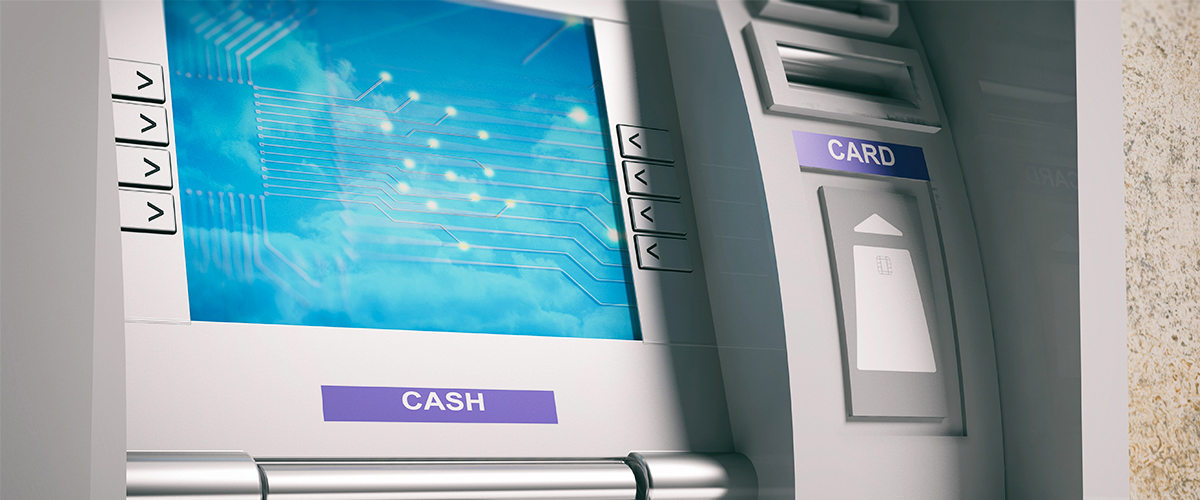Touchscreen technology for outdoor environments
August 4, 2021 / Blog , Displays
As technology has advanced, touchscreen functionality on displays is now everywhere.
Almost all personal consumer electronics that feature a screen now have a touchscreen, with only budget laptops still to catch up. Watch a young child use a display and they will almost always try to use touch to interact with it.

As touch technology has become the norm, OEMs incorporating displays are now faced with an expectation. Leave touch out of your display and you miss out on key interactions. Add it in and perhaps increase engagement and even sales for your end-user.
Unlike portable electronics, point of sale (POS) displays, especially those used outside, are subject to more demanding conditions. Consider digital signage or an ATM in an outdoor environment, where it becomes subject to vandalism and poor weather, and you can immediately understand the extra strain on display tech used outdoors.
Not all touchscreens are created equally though, so manufacturers intending to use touch in their POS devices need to bear the following in mind:
Sunlight & Heat
Many outdoor displays are used to advertise products and services, so visibility needs to be exceptional. In bright sunshine, displays can suffer from low readability. While not limited to touchscreens, sunlight in general can cause reflections that could make the display in your product unreadable. To overcome this, enhanced backlights can be used or a protective coating can be fitted that reduces glare.
Heat is also a key factor in outdoor environments, as hot and humid countries or seasonal conditions can significantly impact display performance. An infra-red film on the back of a touchscreen sensor can help it cope with heat, and many POS devices are also fitted with their own air conditioning systems to keep them working.
Rain
Water ingress can harm and even destroy electronics so, when it comes to outdoor displays, complete weatherproofing is vital. In addition, services such as interactive area maps or ATMs must still be able to offer touch functionality when used outdoors. Traditional touch sensors are affected by electrical currents and can therefore be disrupted by water on the screen, which can confuse the sensors and cause them to register false touches. For that reason, it’s important to discuss your outdoor requirement with your display supplier before you commence your product build.

Cold
In cold temperatures, the materials used in your displays must be carefully considered, for example the glass must be strong enough to withstand the cold. In addition, screens may have to be built to work when end-users are wearing gloves, which requires a different type of finely-tuned capacitive touch technology.
Damage and vandalism
Unfortunately, outdoor displays are frequently subject to vandalism and damage that may be accidental or deliberate. Displays must therefore be able to withstand impact, scuffs and scrapes that may occur. Whilst no glass can provide full protection against determined attackers, it’s important that the display does not shatter into smaller shards in order to protect the public.
As you can tell from the considerations we have outlined, outdoor touch displays require a level of planning you may have never considered. From temperature to weather to damage, your display must remain safe, functional and effective in order for your customers to use it. With Covid restrictions beginning to loosen in the UK and summer just around the corner, more and more people will be inclined to meet up outdoors; having the right touchscreen technology will be key to creating smooth consumer interactions.
We’ve previously discussed the challenges of interacting with displays in a post-Covid world and, for those concerned about hygienic displays, there are many options available, such as antimicrobial touchscreens that reduce the build-up of bacteria on your displays. At GTK we can work with you to source the best display technology and touch sensors to meet the expectations of outdoor environments.